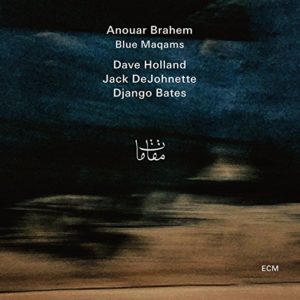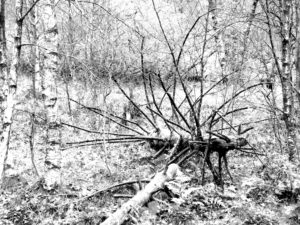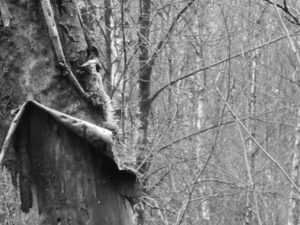In the wee hours of Monday morning October 9, a firestorm came roaring down on Santa Rosa at the speed of a freight train. I didn’t get the evacuation call in Forestville because I wasn’t in town. I woke up to the news in LA, where I had just attended my niece’s joyous wedding in Malibu. I discovered my flight into Santa Rosa had been cancelled – in fact all flights into Santa Rosa had been cancelled.
After the hottest summer on record, in which temperatures had soared upwards to 110 degrees numerous times, we’d had an Indian summer that was only slightly less blistering. Welcome to the new normal: The night of the fires the humidity was down to 7%, typical in the desert, but not up here in Northern California. The freakish warm winds came up from the east, gusting up to 70mph, and when my friends in Santa Rosa heard there was a fire in Calistoga, they were concerned but not alarmed. Little did they know that fire was moving at the speed of 1 football field every 3 seconds. Only 2 hours later they had to flee their home, leaving everything behind, even their photo albums, a lifetime of memories they had never gotten around to digitizing.
In fact, several friends lost their homes. None had time to think about what they would pack. Two were musicians who lost all their instruments. One couple sped up their driveway, flaming branches hitting their car. They barely escaped with their lives.
Finally getting a flight into San Francisco the following Wednesday, I was immediately struck by the toxic air – it had migrated all the way down to South San Francisco. The sky appeared dark and foreboding, almost apocalyptic. It was painful to breathe. But I was a man on a mission. The fires were burning out of control and I had decided to get back to my house if I could and pack up my studio.
The bus ride up north revealed the smoke was even worse as we neared Santa Rosa. Familiar landmarks were gone – the old Round Barn, a symbol of another, gentler rural time was obliterated, as were the Hyatt and the Fountain Grove, the two big hotels sitting on the hill right above it. Just to the east, the high-end neighborhoods had been hit hard, and as the wind pushed the wall of flames right across the 101 freeway, low income neighborhoods were completely leveled, leaving nothing but the chimneys jutting out from piles of pulverized ash, as if they had been firebombed. The Luther Burbank Center for the Arts, (only 10 minutes from my house,) a place I had seen Pat Metheny, Ron Carter, Herbie Hancock among others, and had spent many an evening listening to the SR Symphony, looked severely damaged. My hospital next door was closed, the Journey’s End trailer park next door, wiped from the face of the earth.
By the time I got to my house I was exhausted, had a meal and went straight to bed. In the morning I decided to pack my girlfriend’s Ford Escape and head back down to LA where she had stayed in order to protect her asthmatic lungs.
There were still fires burning out of control just miles from the powder keg of a canyon I call home. But what to bring? I started with my studio- my monitors, computer, drive bays. That’s what I had come for. To save my work and my clients work. My instruments, piano, vibraphone etc were staying – too large. My percussion instruments were too many. So I took my handmade one-of-a-kind Array Mbira and my electronic marimba – at least I would have those. I figured you could always replace an electronic keyboard or module, even a vintage one. Thus I left my rack full, only taking my favorite tube channel strip. I also threw a box of precious photos into the car.
But what about my CD collection? What desert island discs should I take with me? While I don’t have a huge collection, I realized they still represented a significant cash outlay, but more importantly, and far more than material possessions, they are a kind of soul food that I simply can’t live without. I looked at those discs, many of which I had spent hours seeking out, Internet hunter gatherer that I am, and thought of all those hours spent perusing the bins at Rasputin’s in Berkeley, Amoebas in SF, or the Last Record Store in Santa Rosa. And most of all, I thought of all the liestening pleasure they had brought me over the years.
Somehow, no CDs or vinyl made it into the Escape, and I „escaped“ the horrific air and drove back down to LA with the knowledge that if I did have to start over, at least I’d have a studio and a computer full of tunes. And a giant Mbira! And yes: The irony of driving to Los Angeles to escape bad air is not lost on me.
The whole experience got me thinking: what things are important? Evidently not clothes or tchotchkes-of those I only took a few. But music being soul food – then why had I not taken at least 20 of my desert island discs? I think by the time I left, I was pretty sure I’d be coming back to my house. Or maybe, I just couldn’t make up my mind. It was just too painful to choose, a kind of audiophile’s Sophie’s Choice… Or perhaps I was simply too lazy.
I’m curious if anyone would care to post their 10 or 20 desert island discs below. I think it would be a good exercise. Maybe someone else can do what I was not able to do myself. What discs would you take?
The fires are finally out as of Friday 27th, but my whole area is still in shock and grief. We have lost 42 people (with 12 still missing,) around 8900 structures including some 4000 homes, and over 200,000 acres of parkland, vineyards and farmland were burned. The priority was in saving lives- property was 2nd – and at least 3 of our state parks were allowed to burn. My hospital has yet to open. Recovery will take many years. Santa Rosa is a very different place from what it once was. For those thousands of people like my friends who lost their homes, it will be a long, slow process. I kept thinking, “ this could happen to any of us.“ Yes it can. Everything we have can be taken away from us in an instant. And yet, here we are. What a mystery!





